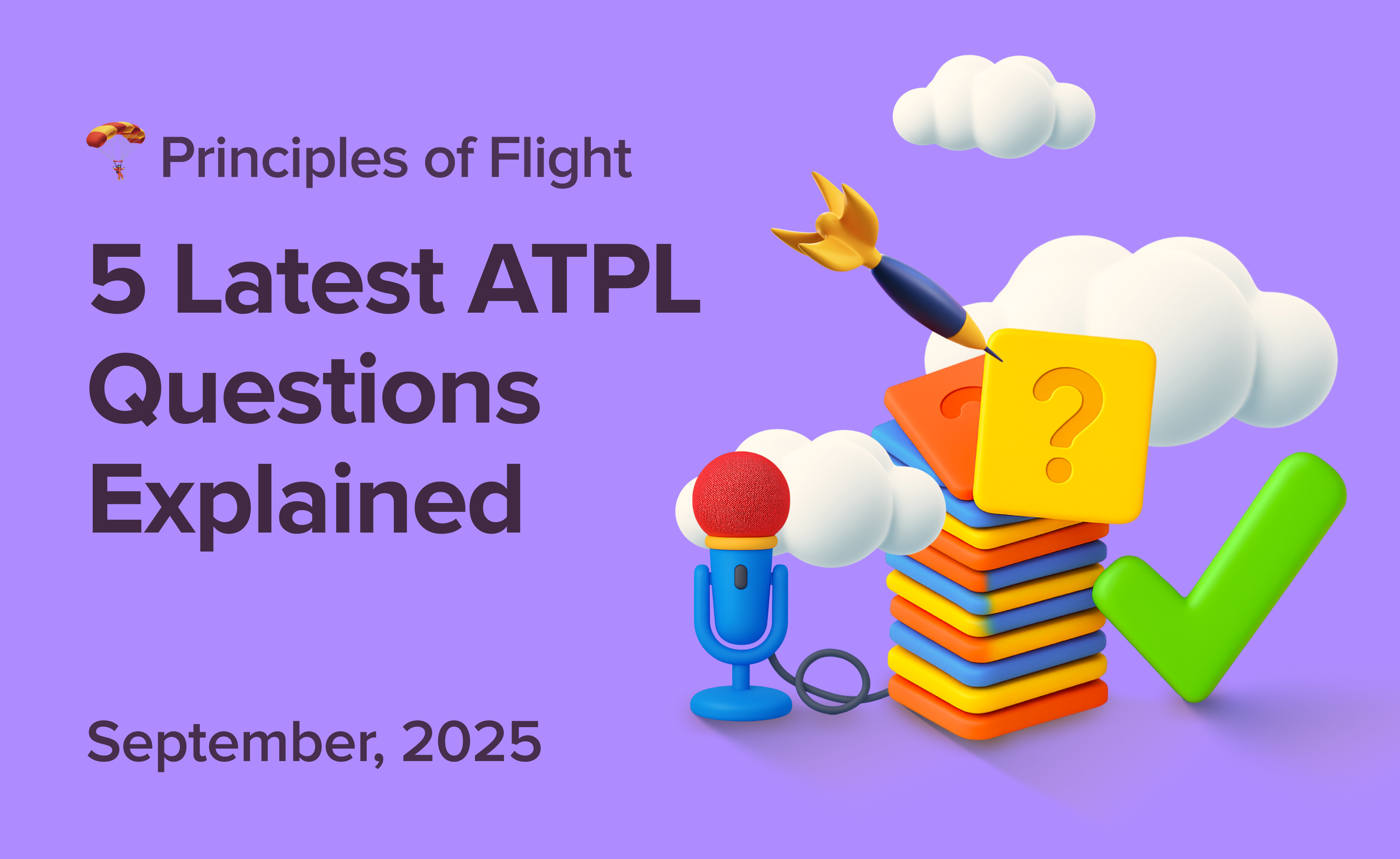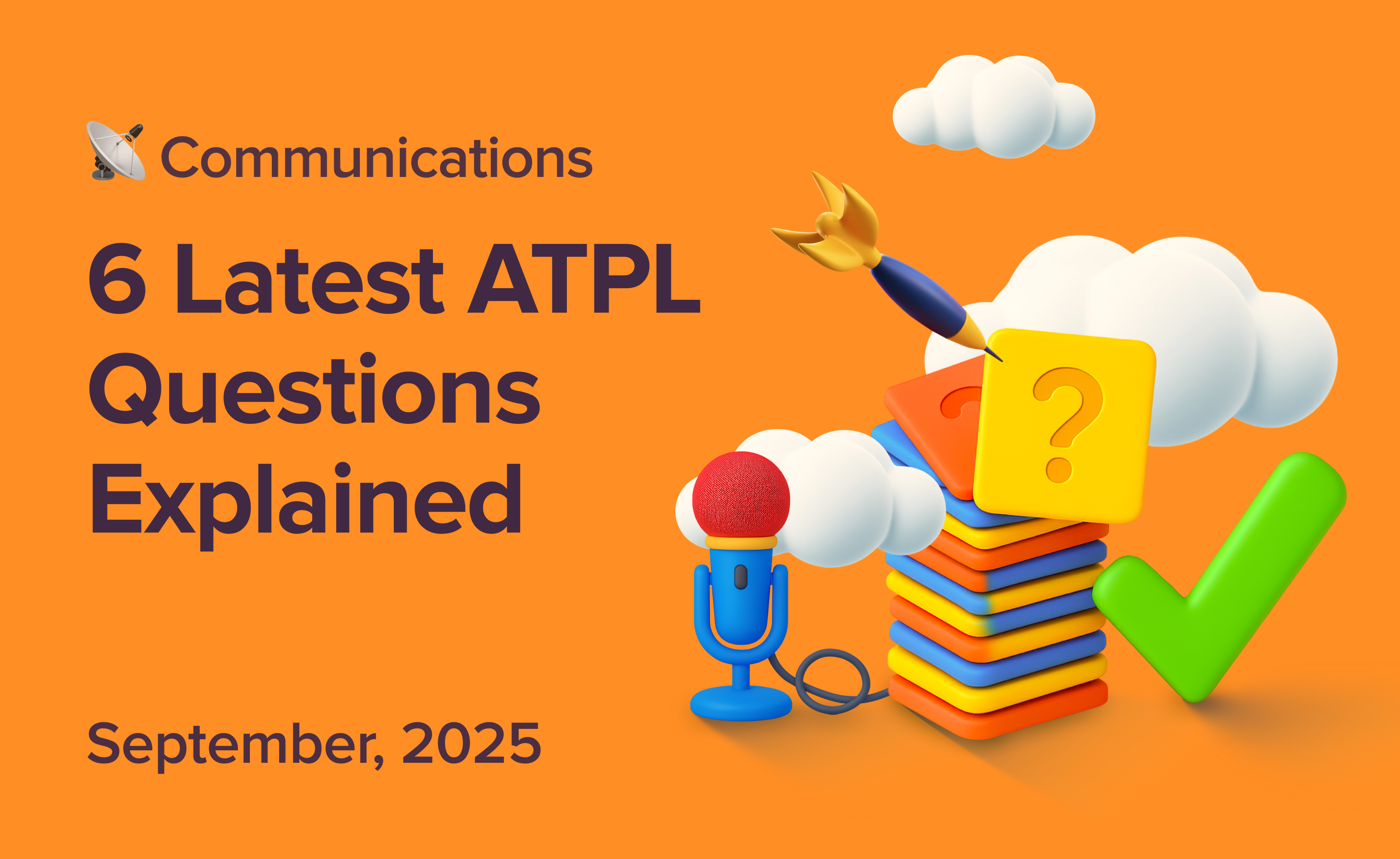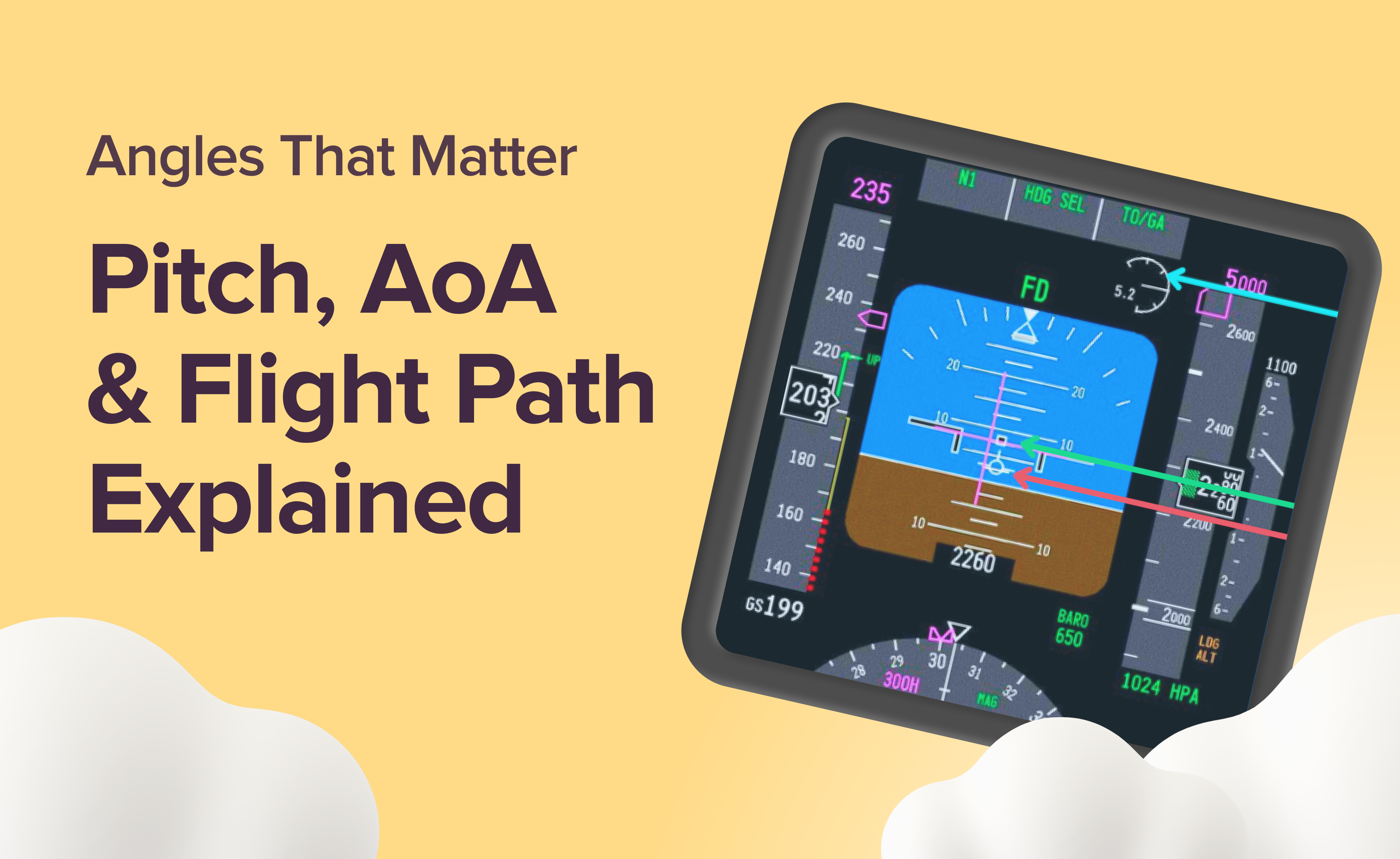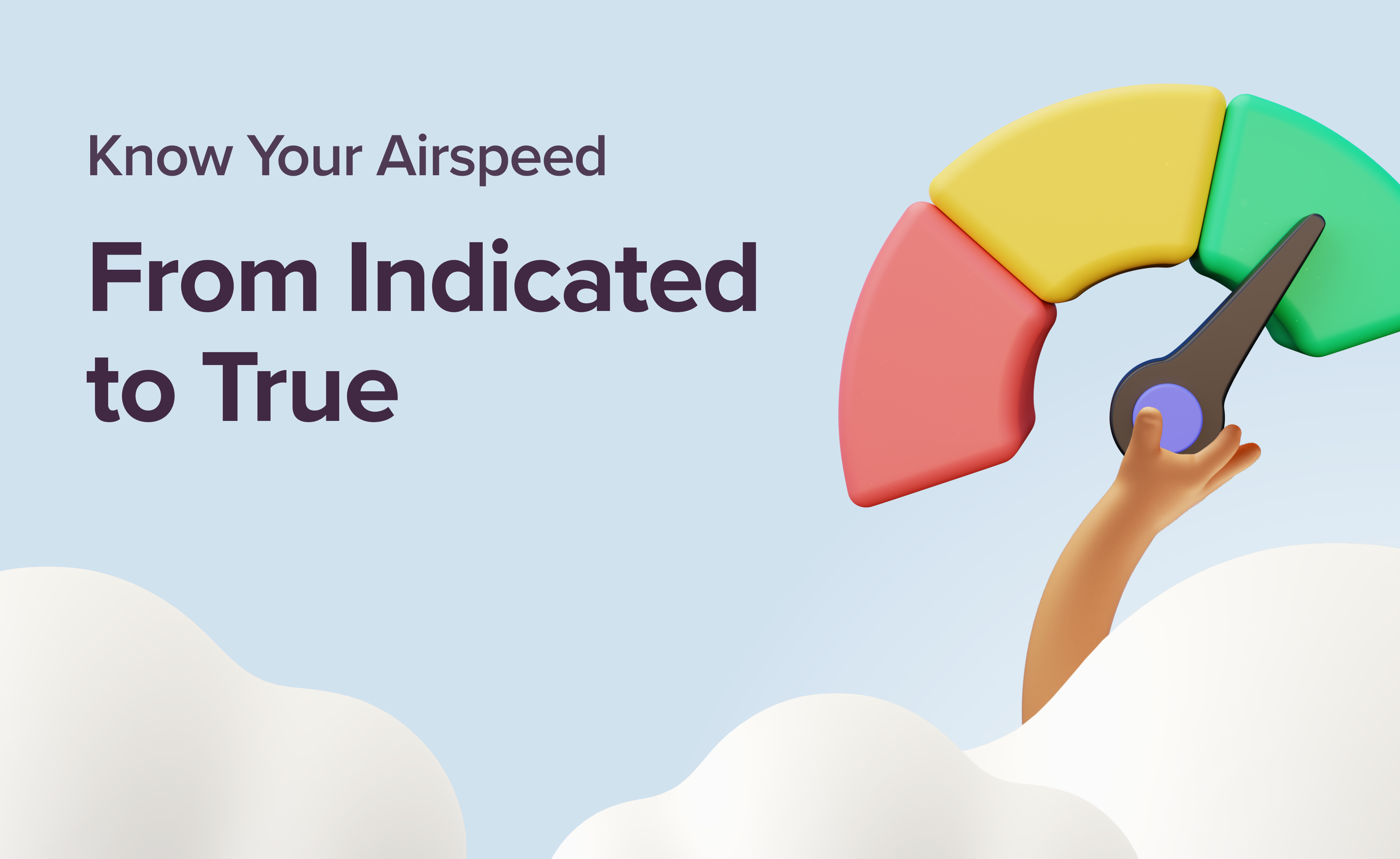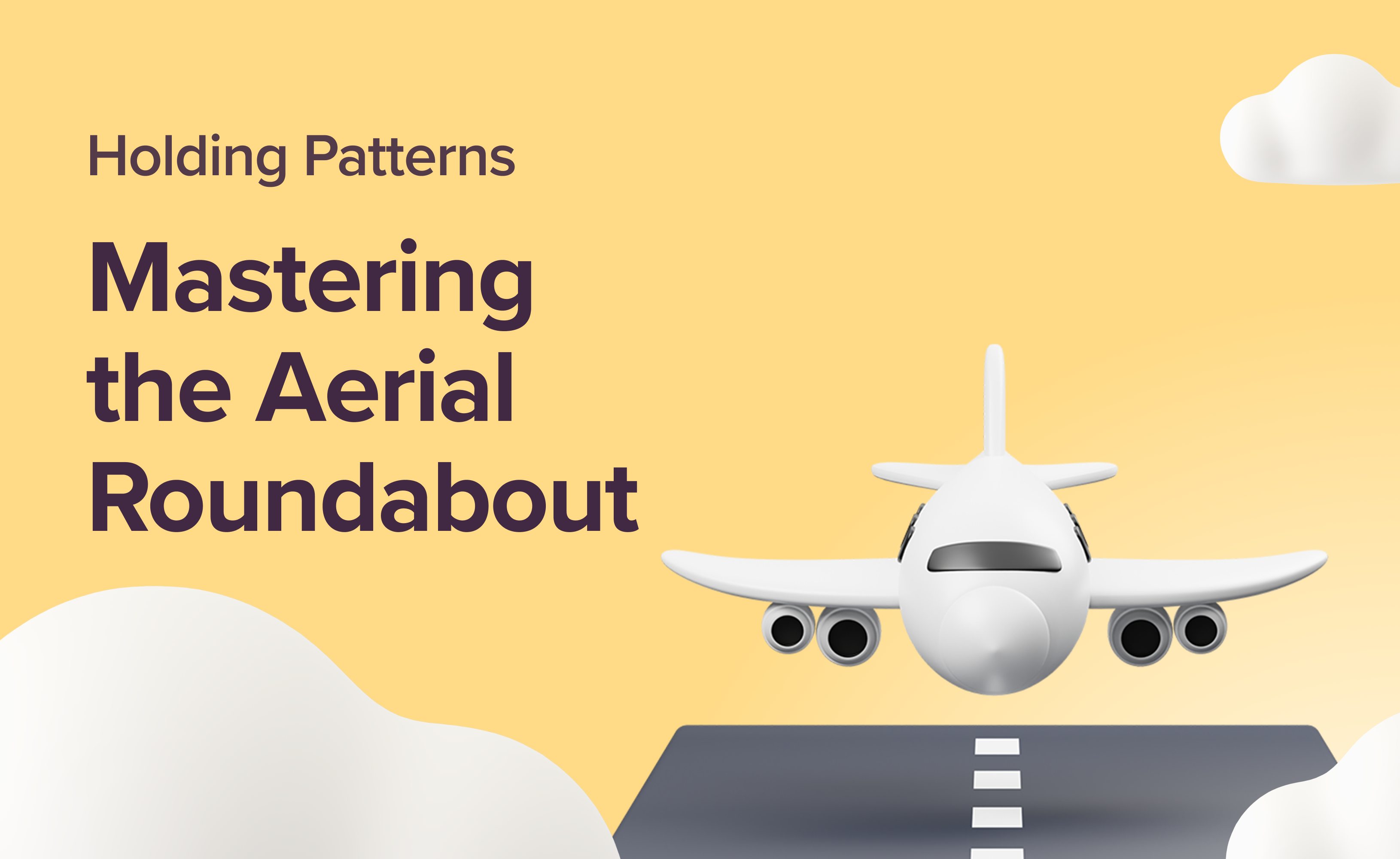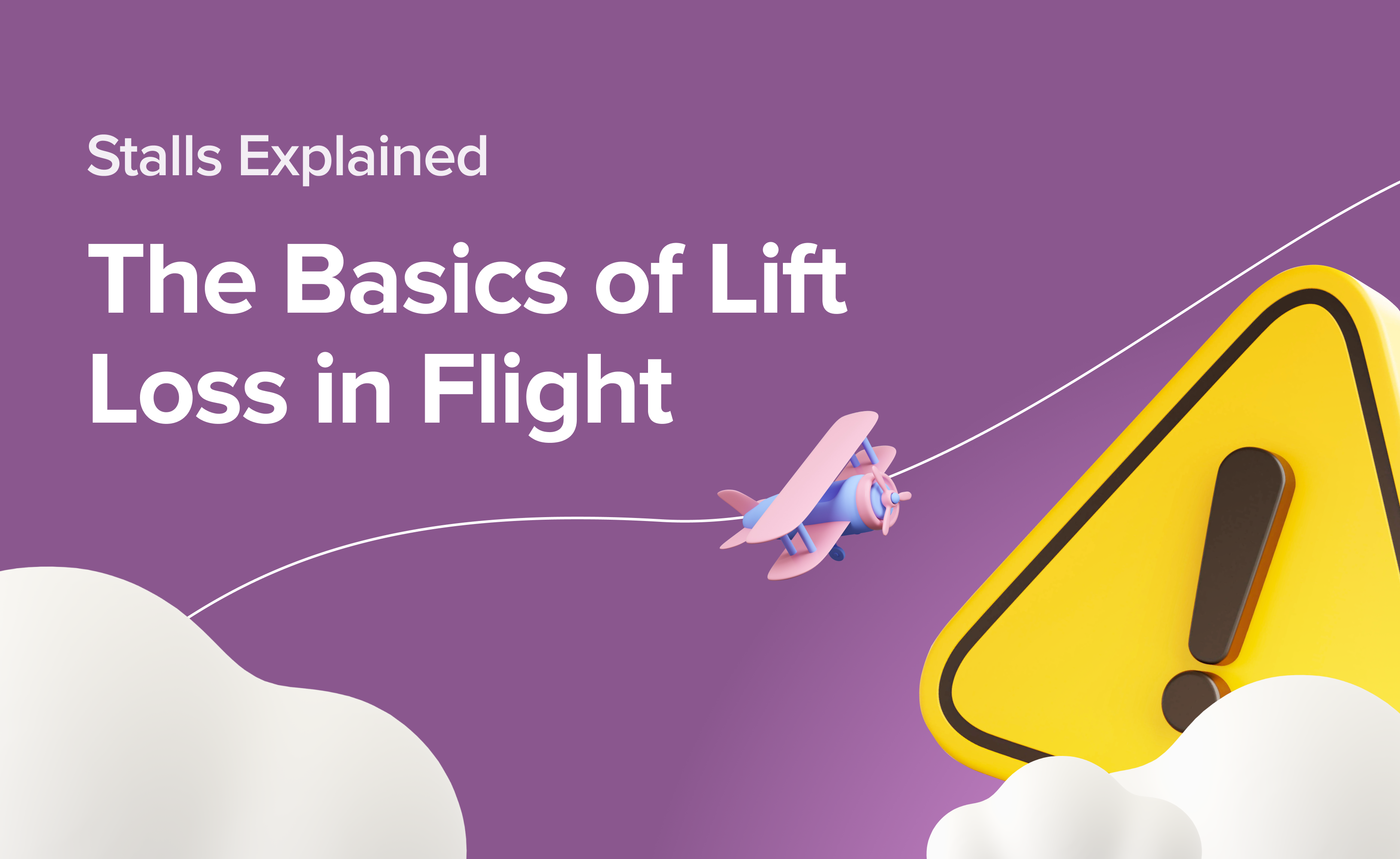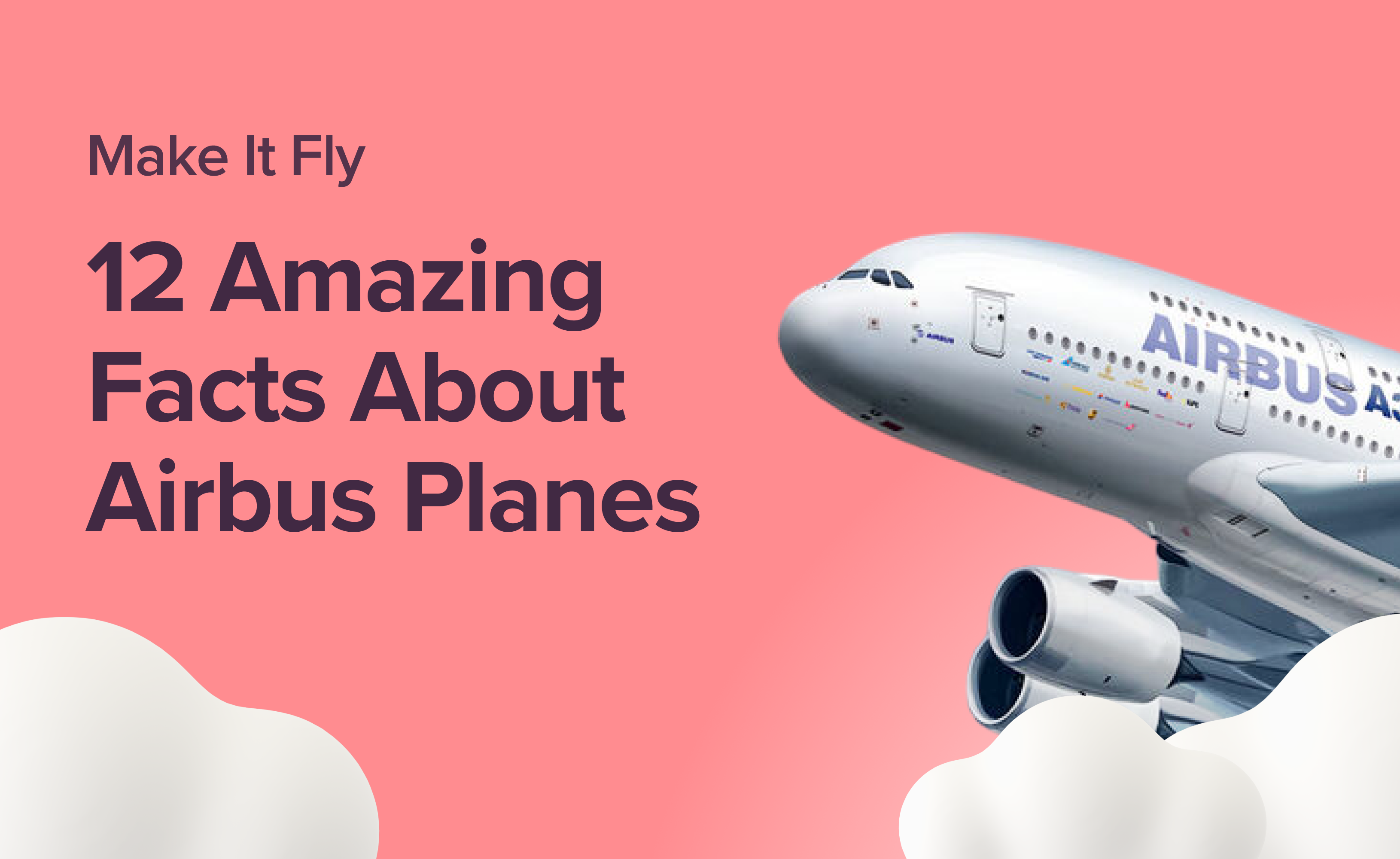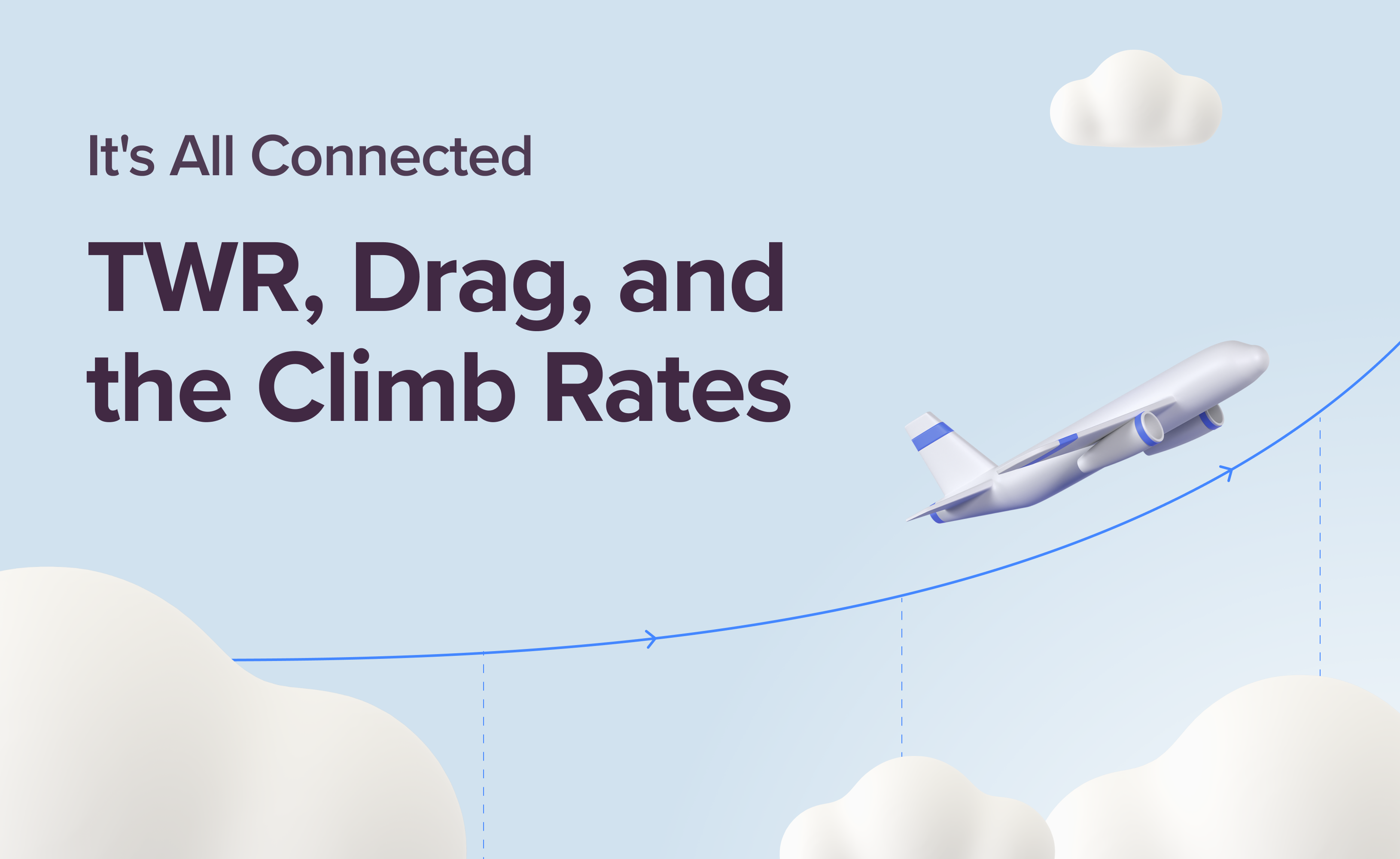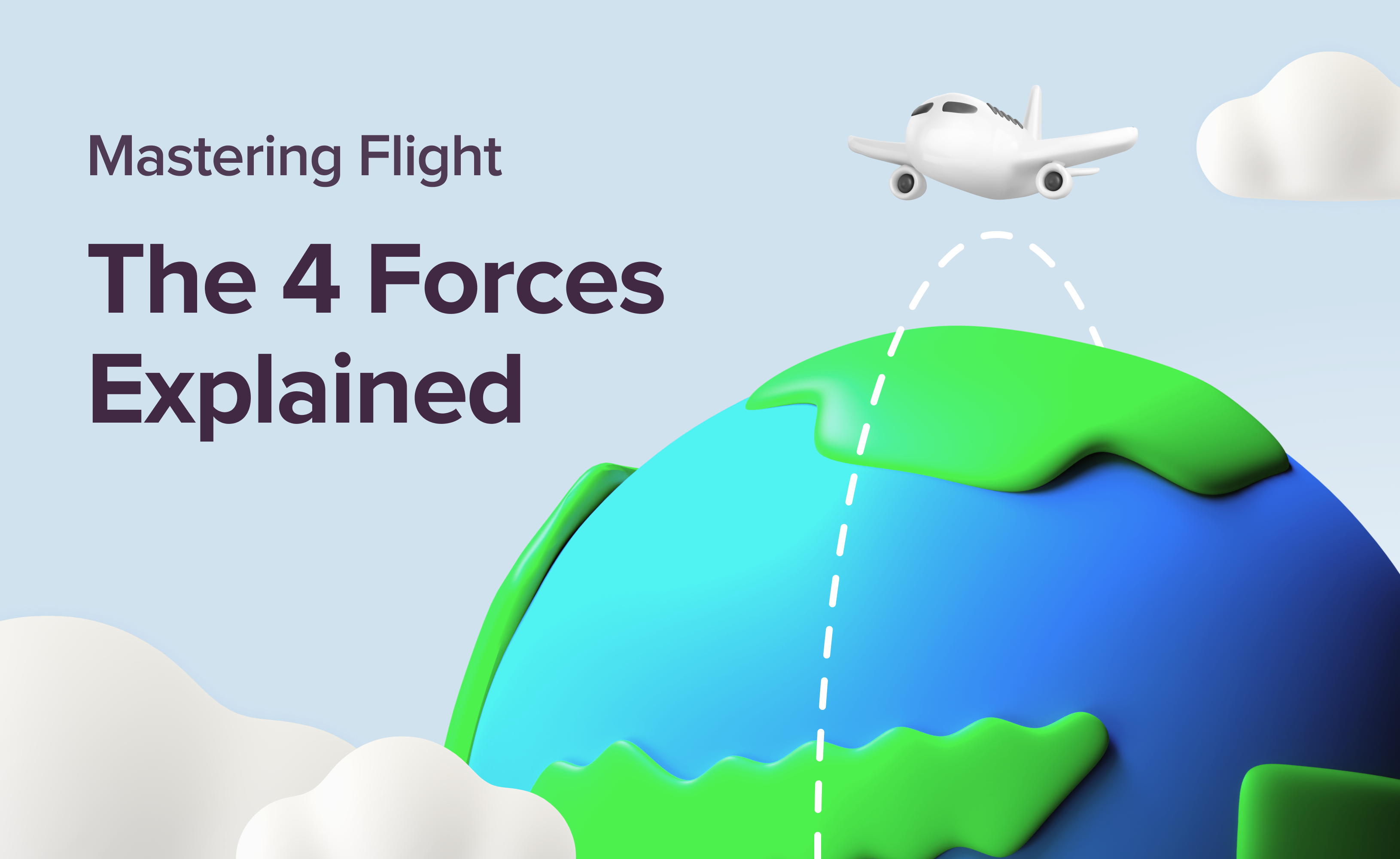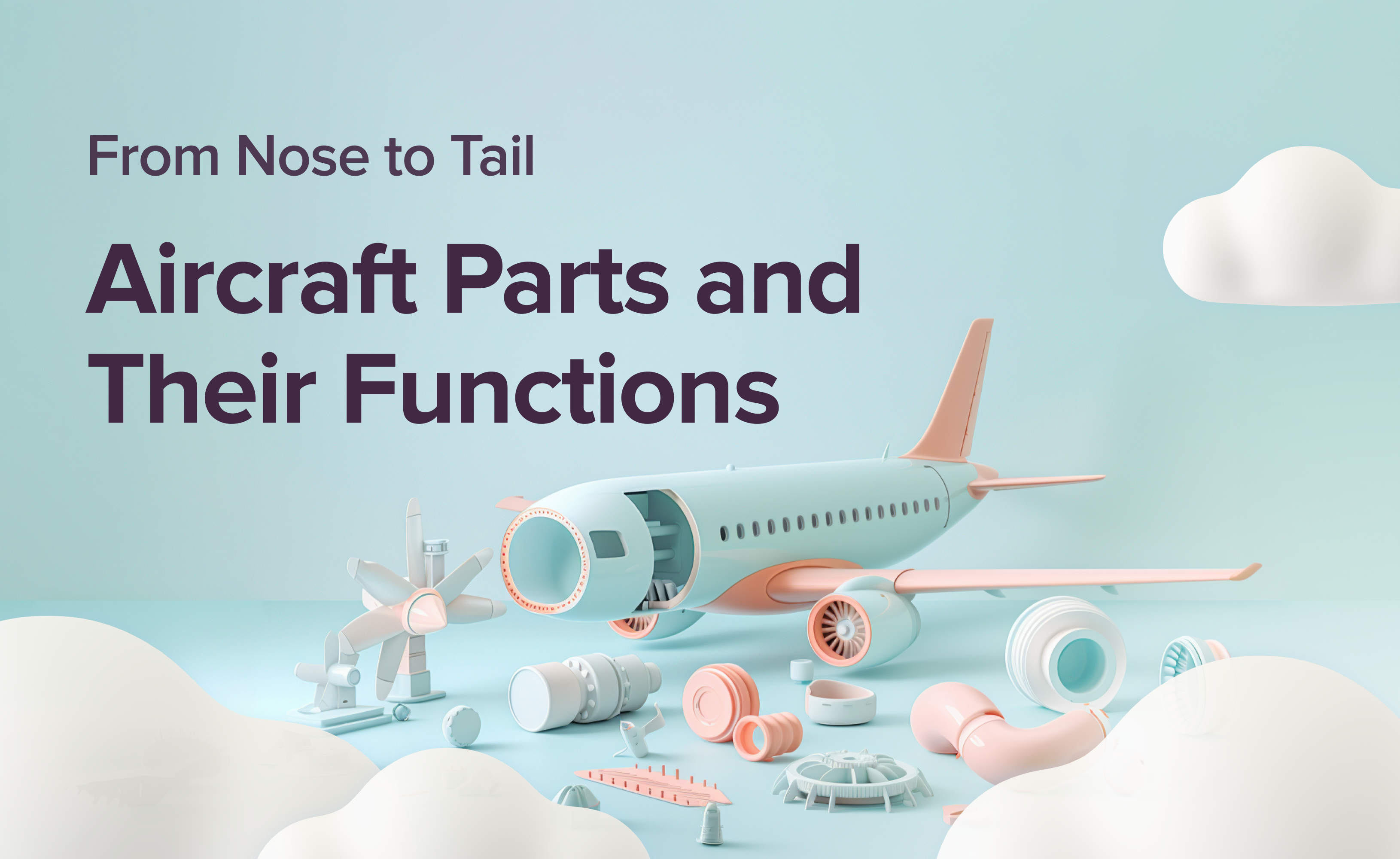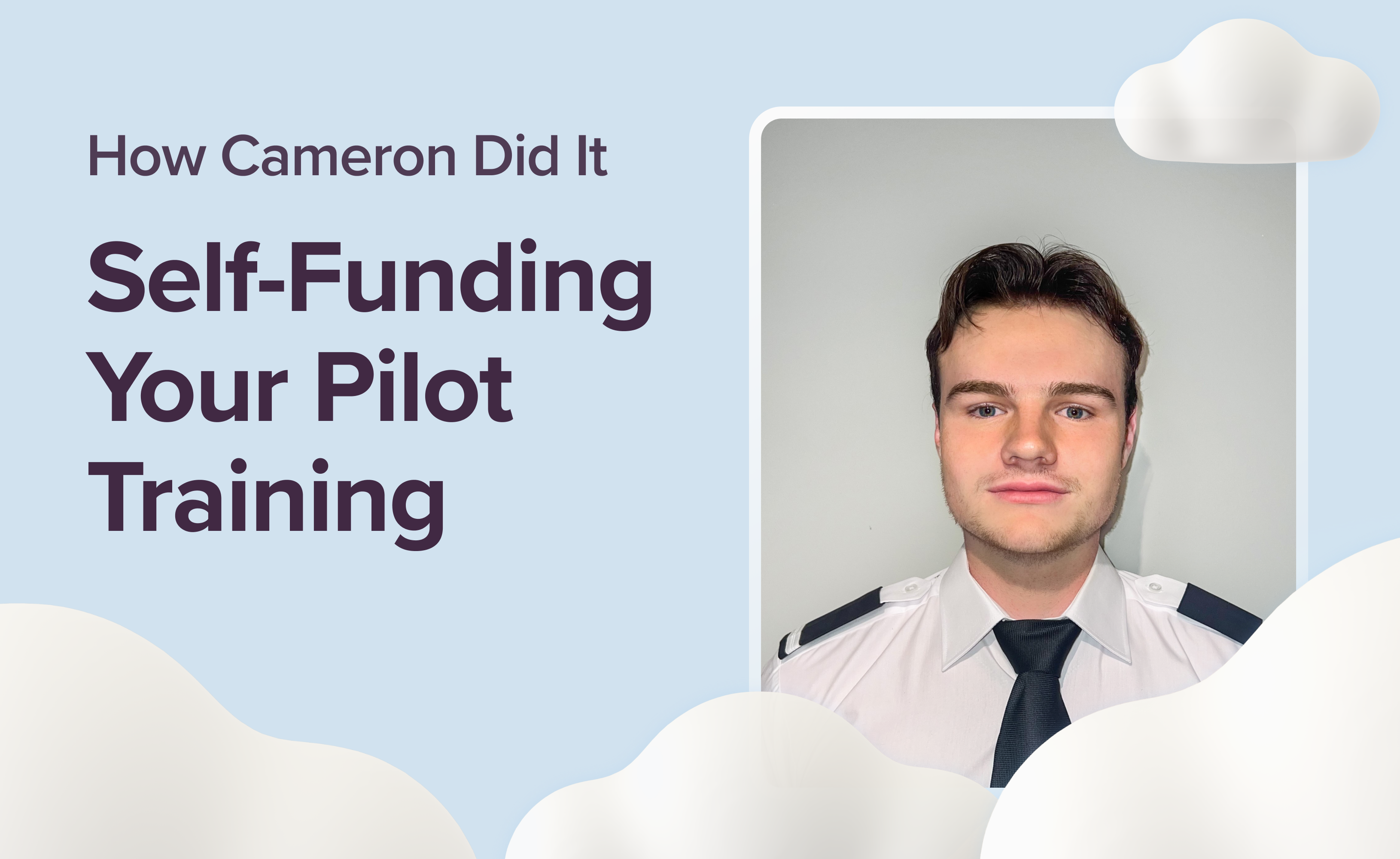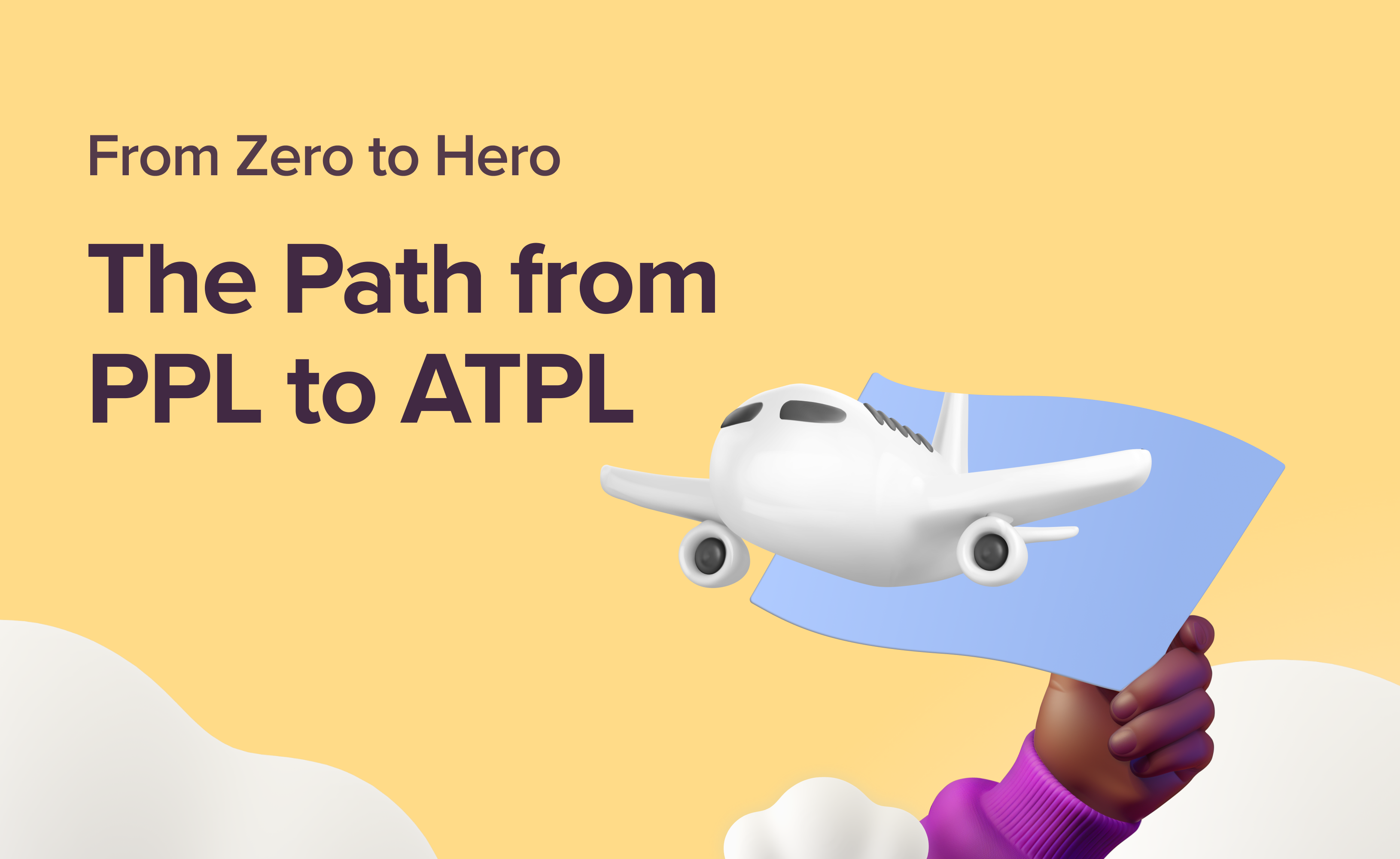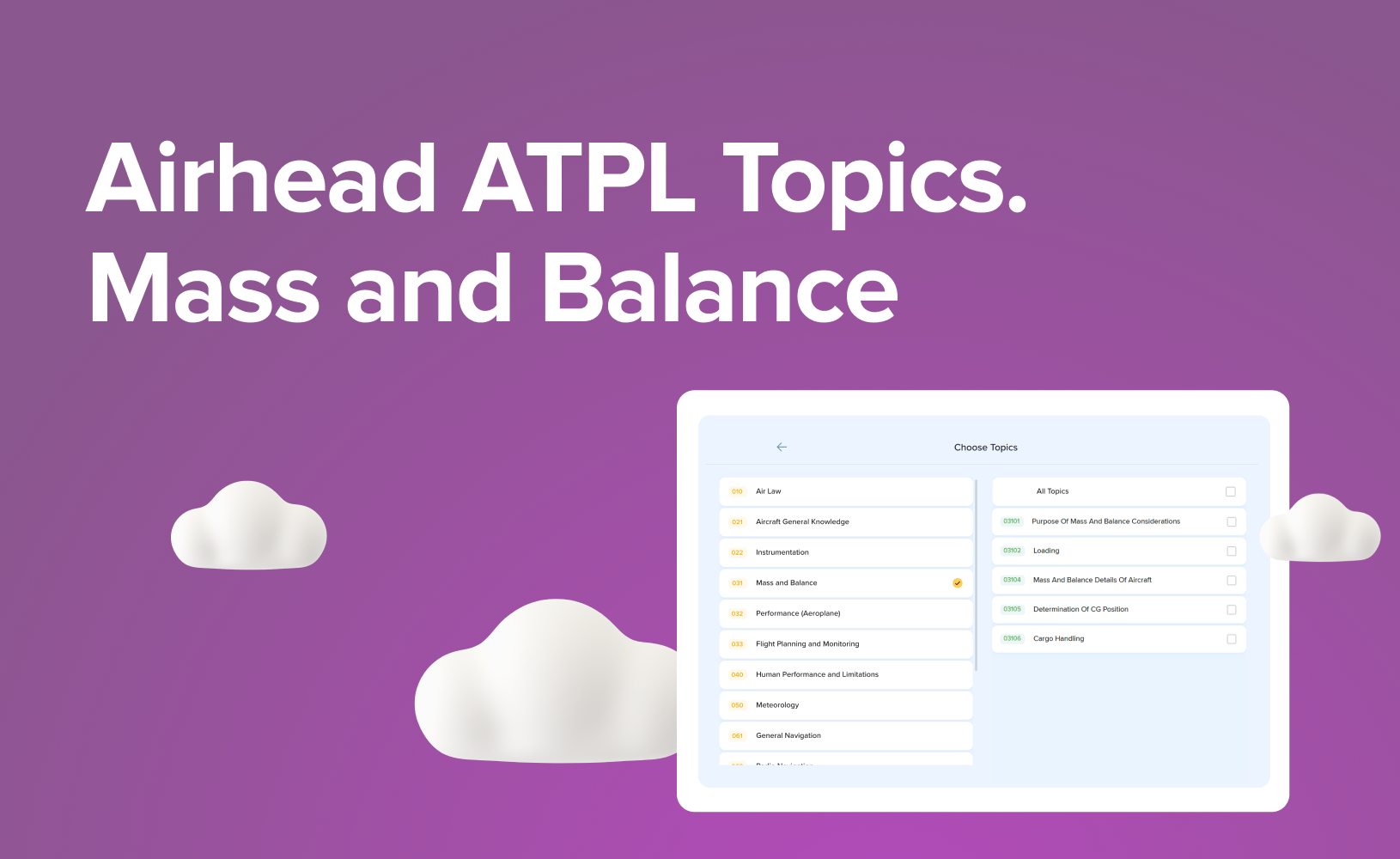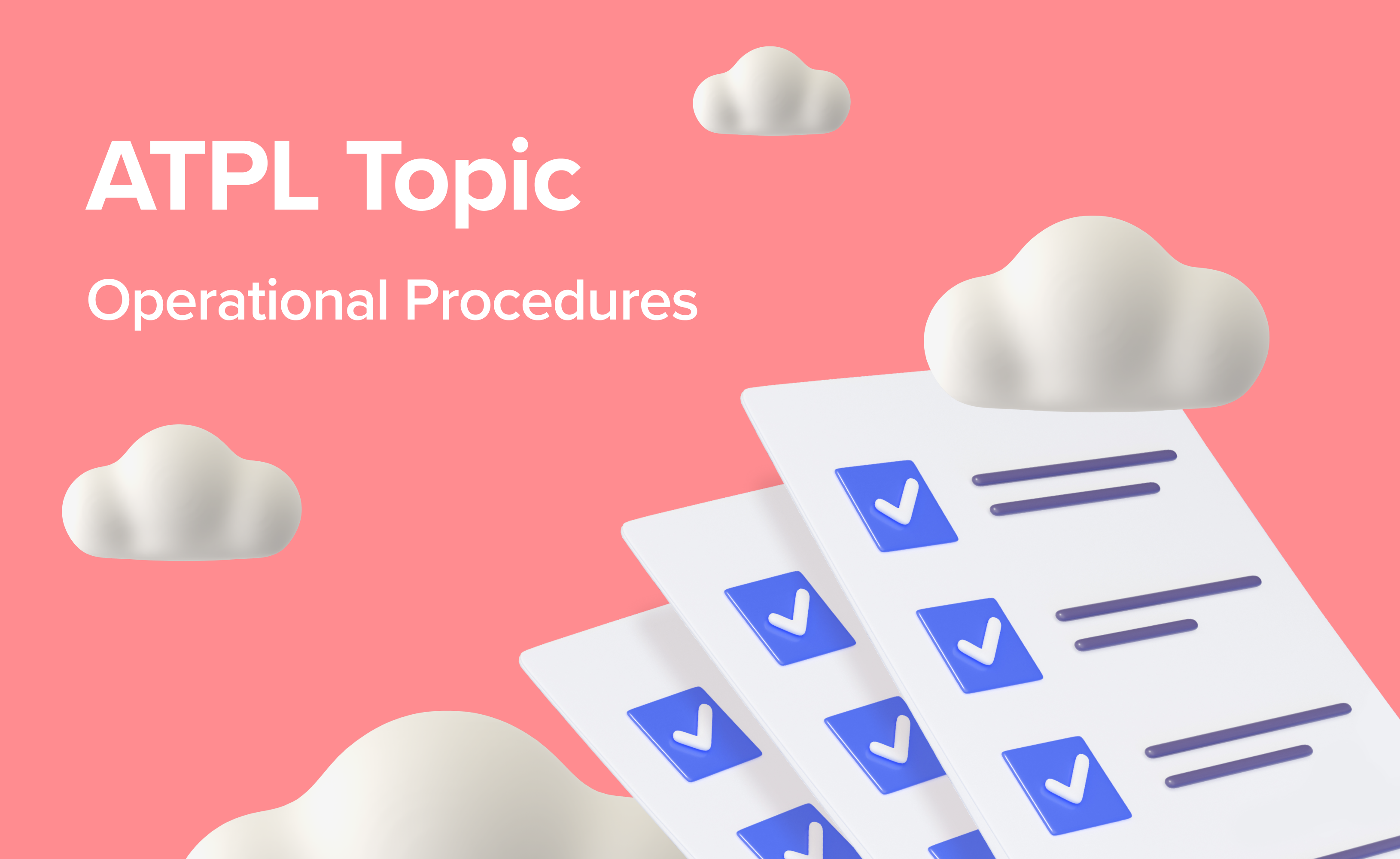Should I bother with a BIR or IR(R)?
There are a seemingly infinite number of training options available to the modular student pilot and it can be difficult to understand the implications of the choices and balance costs against training value. It is possible to complete the hours required in the ‘hours building’ phase at minimum cost by doing most of the hours solo (or as PIC) on an inexpensive VFR aircraft, but this can lead to a wasted opportunity to improve your skills post-PPL and, therefore, a need for additional training at the CPL and/or IR stage, where costs can soon mount up.
An alternative to doing around 100 hours of solo/PIC VFR cross-country flying is to do an EASA Basic Instrument Rating (BIR), or the UK CAA equivalent Restricted Instrument Rating (IR(R)) after your PPL, which would enable you to fly some of your hours building under Instrument Flight Rules (IFR), increasing your instrument flying experience, and reduce the training requirement at the more expensive IR stage. Surprisingly, this can end up as a cheaper option, as we will show in this blog.
The EASA BIR and UK CAA IR(R)
Overview
The BIR and IR(R) are simplified instrument ratings designed to allow PPL holders to fly in Instrument Meteorological Conditions (IMC) and under IFR without the expense of a full IR course. In theory, this could be a multi-engine rating, but more usually is for single-engine aircraft.
Advantages
If you opt to do a BIR or IR(R) course as part of your hours building:
You will be permitted to fly in weather conditions that you would otherwise not be able to. This will both increase your experience and confidence, as well as allow you to progress through your training rather than being grounded by poor weather.
You will get greater exposure to IFR operations; not only during training, but after your course in the ‘real world’. As you are aiming to be an airline pilot where all flying is conducted under IFR, this is far more relevant to your future than spending most of your training time flying VFR cross country!
You will be permitted to fly to commercial airports where VFR operations are not permitted.
The hours spent training and accumulated after you have your rating can be used to reduce the hours requirement when you do your full IR if you choose the CB-IR training option (see below). This can significantly reduce the cost of your IR course, more than compensating for the cost of the BIR or IR(R) course.
Pre-Training Requirements
Applicants for a BIR must hold a PPL(A) and, if you want to use the BIR at night, a night rating. You must have a current class 1 or 2 medical and English language ICAO level 4.
The IR(R) is slightly different; in addition to the BIR requirements, you must have at least 25 hours after your PPL of which at least
10 hours must be PIC and 5 cross country.
Training Course
There is a BIR theory course and three exams. The course may be conducted entirely by distance learning. If you have already passed the IR subject at ATPL level you are exempt from the BIR theory exams.
EASA does not specify minimum hours for the flight training, but you can expect to do a minimum of 20 hours, maybe up to 40. You may use a combination of aircraft flight time and simulator training (FNPT II). Some schools do quote quite lengthy courses for the BIR. However, the very similar IR(R), which has been offered in the UK for much longer, is usually completed within about 20 hours, so beware of being suckered into a lengthy and therefore expensive BIR course.
The IR(R) theory course and exams are typically conducted by the flight school and integrated with the flight training. There is a single, relatively simple examination.
For the IR(R) you will need to do a minimum of 15 hours flight training although some schools’ courses include 20 hours of training. It is common for this to all be in aircraft, but some training in synthetic training devices is permitted.
Privileges
As a holder of a BIR or IR(R) you are permitted to fly under IFR and in IMC. You may fly in IMC outside controlled airspace (in class G airspace) and under IFR in controlled airspace (class D or E) with appropriate permission. You may fly out of sight of the surface and take-off or land with a minimum visibility of 1500m. You may do instrument departures, and instrument approaches to the published decision height or minimum descent height, and undertake missed approach procedures.
Note that the validity of a BIR is restricted to EASA airspace and an IR(R) is valid in the UK only.
Costs
Costs vary considerably! What is probably more relevant to you at this stage is examples of the cost of a course doing a BIR or IR(R), followed by a CB-IR, or alternatively completing your training VFR before doing a full IR. For simplification the common elements of these two options have been removed from the

The following training costs have been excluded as they are common to both routes:PPL, night rating, A-UPRT, ATPL theory, ATPL theory question bank, MEP, CPL, exams, flight tests, accommodation, travel, training equipment and contingencies. These figures were taken from the current price list of a European ATO offering all these training courses and aircraft hire. As you can see the BIR version is some €2000 cheaper, despite offering significant advantages. You could make further savings by reducing the number of IFR PIC hours; we have shown a 50/50 split in this example.Similar comparisons and conclusions can be made with the two training routes in the UK.
Getting help
By now you may have concluded that this is quite complex and you will have realised that the courses offered by flight schools can vary considerably. For these reasons it is important to get some impartial advice before making your decisions about the training route to follow, and which flight school to train with. Organisations such as the Wings Alliance offer free and independent training advice to EASA and UK student pilots following the modular route.
Conclusions
Doing a single-engine BIR or IR(R) during your flight training can cut overall training costs, allow you to fly in worse weather conditions and so continue progressing, and provide you with improved experience and confidence.Planning your flight training is complex, so you would be well advised to seek impartial advice before committing to a training path and/or training providers.Given the right choice, you will be well on track to your ultimate goal, a first officer position with an airline.




